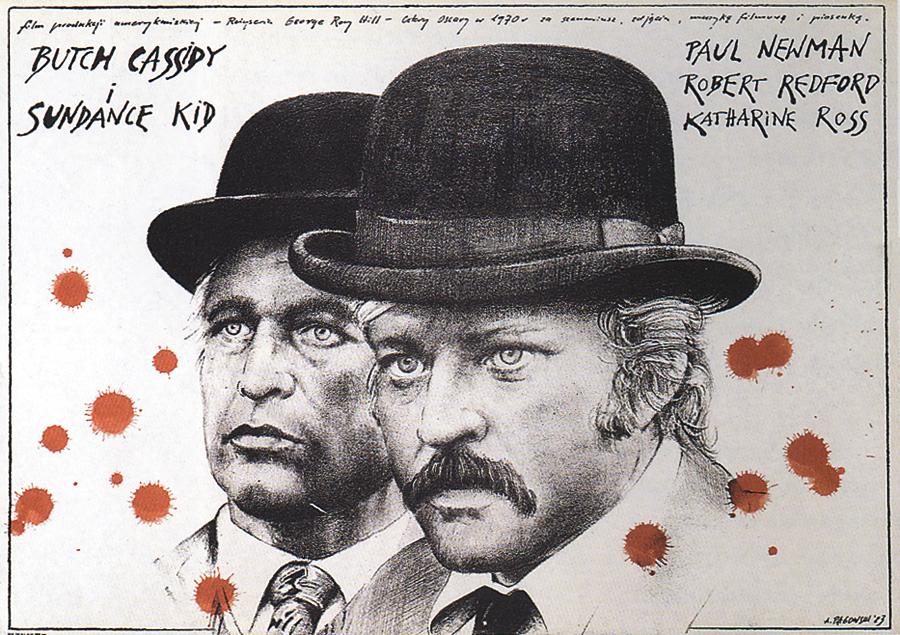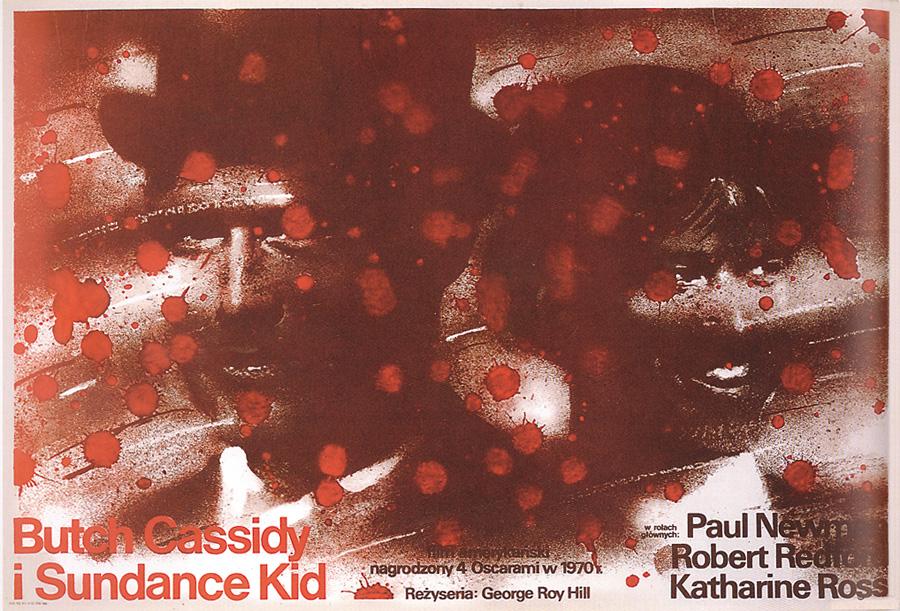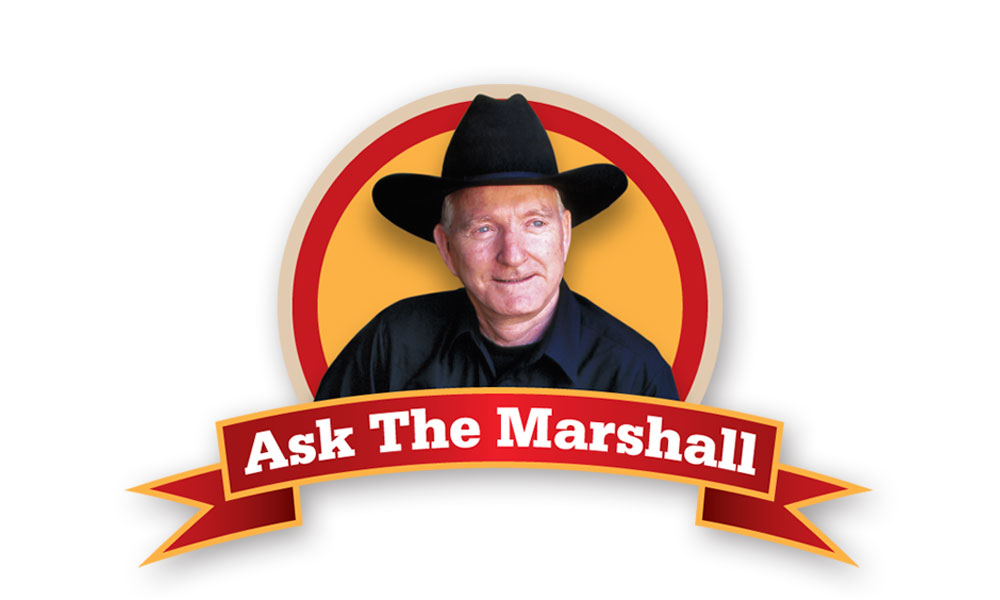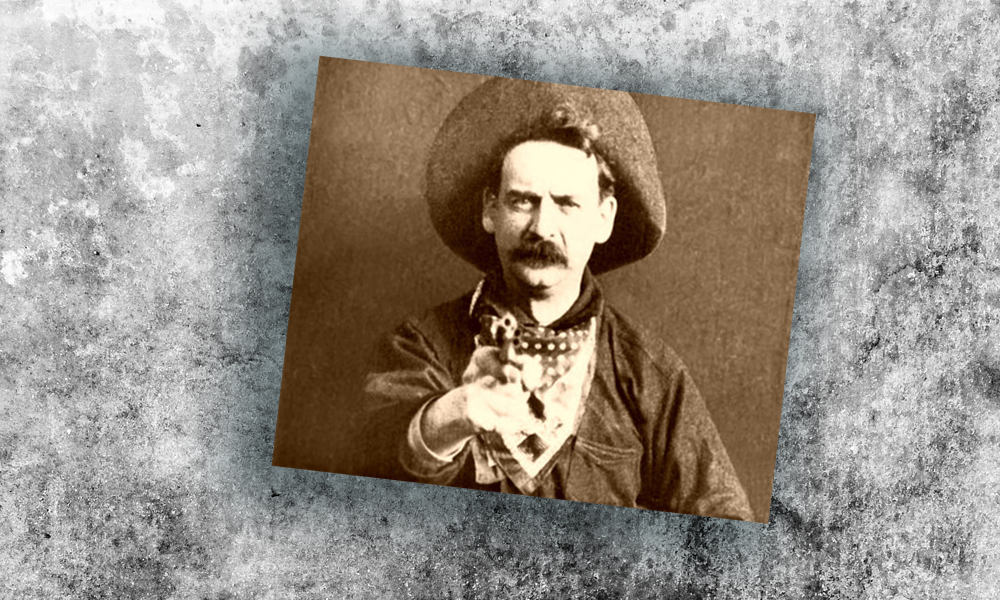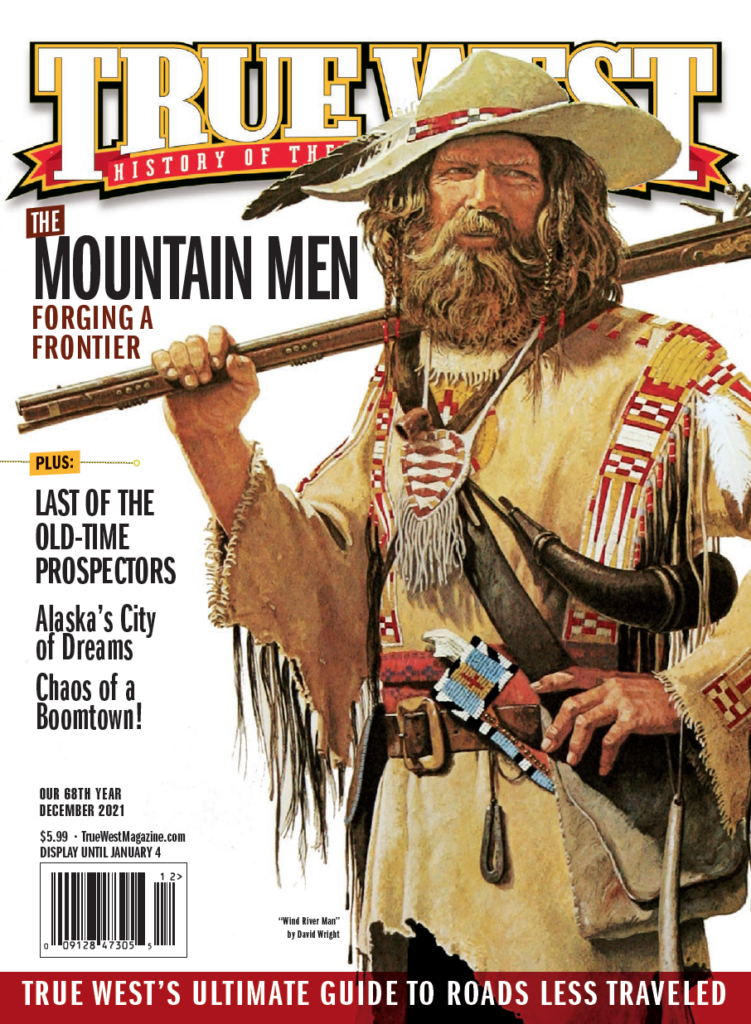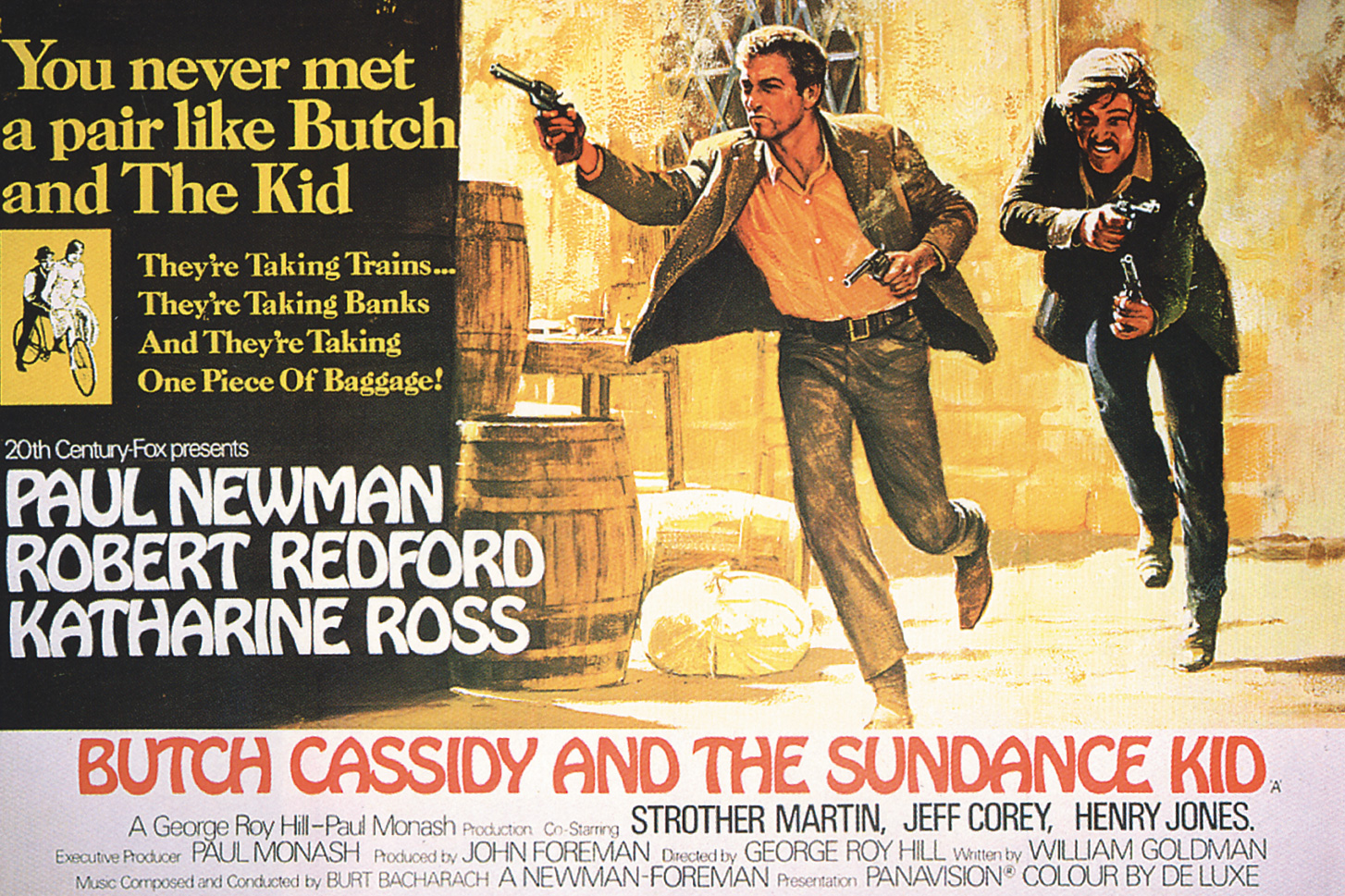 The Hole-in-the-Wall filmography includes the original, the prequels, the sequels and the non sequiturs.
The Hole-in-the-Wall filmography includes the original, the prequels, the sequels and the non sequiturs.
•Butch Cassidy and the Sundance Kid (1969): A comic Western in a 1960s-mellow, New York wiseacre style. Although the film premiered as the curtain was dropping on the oater era, it made buckets of money, won a slew of awards, juiced Paul Newman’s career and lit a rocket under Robert Redford’s.
To heighten the drama (and perhaps to keep the running time under two hours), the movie ignores the years Butch, Sundance and Etta peacefully ranched in Argentina. They flee the U.S. via New York and head directly for Bolivia, where they promptly resume their life of crime. (Etta never went to Bolivia, but screenwriter William Goldman had to find something for her to do.) Joe LeFors and his super-posse, the Who of the “Who are those guys?” fill in for the indefatigable Pinkertons.
Andean critics complain that the Bolivians speak with Mexican accents and wear German uniforms. They have a point: The South American scenes were shot in Mexico, and the Bolivian soldiers sported German-style khaki uniforms that were not used there until after Butch and Sundance’s demise. An enduring legend among Bolivians is that Butch insulted their country when in response to Sundance’s question, “What’s Bolivia?” he said, “Bolivia’s a stupid country.” In fact, he retorted, “Bolivia’s a country, stupid.”
As for the final shoot-out, director George Roy Hill had a difficult time believing hundreds of soldiers had surrounded Butch and Sundance, but he filmed it that way because that was how the historians had depicted it. Hill’s instinct was correct: The patrol numbered four. Regardless, it’s hard to have a grand finale with the two heroes plinking it out with a couple of soldiers.
•The Great Train Robbery (1903): Edwin Stanton Porter’s ten-minute feature was shot for $150 in New Jersey. The alleged links between the film and Butch and Sundance range from shaky to spurious. Some have claimed that Porter was guided by Kid Curry’s 1904 holdup near Parachute, Colorado, but that would have been ex post facto inspiration. Ditto for the 1969 movie, in which Butch and Sundance watch themselves in Porter’s masterpiece at a theater in New York in 1901, two years before the silent was made.
•Deadwood Pass (1933): The prize for being the first on-screen Butch Cassidy goes to Charles Orbie Slim Whitaker.
•Cheyenne (1947): In this Raoul Walsh effort, Arthur Kennedy has a minor role as an unlikely Sundance.
•Return of the Badmen (1948): This preposterous B-Western features Robert Ryan as a sadistic Sundance Kid. When he’s not shooting men and strangling women, Sundance is cruising with Billy the Kid, Bill Doolin, the Arkansas Kid and the Younger and Dalton brothers. Randolph Scott, the hero, hardly flinches. But then, he never flinched.
•The Texas Rangers (1951): Career heavy John Doucette as Butch and Ian MacDonald as Sundance gallop with the Sam Bass Gang.
•Wyoming Renegades (1955): With Gene Evans as Butch and William Bishop as Sundance, this is the first movie to include characters based on other Wild Bunch members, namely Ben Kilpatrick, Tom McCarty, Elzy Lay and O.C. Hanks. But that’s it for accuracy. The gang is ambushed by pistol-packing mamas.
•The Maverick Queen (1956): Howard Petrie as Butch and Scott Brady as Sundance ride with saloon keeper Barbara Stanwyck in this adaptation of a Zane Grey story.
•The Three Outlaws (1956): Neville Brand as Butch and Alan “The Skipper” Hale, Jr. as Sundance run out of cinematic gas and get only as far as Mexico.
•Badman’s Country (1958): Neville Brand reprises his role as Butch and teams with Russell Johnson as Sundance, but they’re up against Wyatt Earp, Bat Masterson and Buffalo Bill.
•Cat Ballou (1965): Arthur Hunnicutt stars as a most unlikely Butch in a most unlikely Western. Lee Marvin is the Kid, but not our Kid.
•Return of the Gunfighter (1967): John Crawford as Butch and John Davis Chandler as Sundance are part of the outlaw scenery in this made-for-TV Robert Taylor vehicle.
•The Wild Bunch (1969): The only thing this film has in common with the Hole-in-the-Wall Gang is the title. Where George Roy Hill’s film is a larky, two-continent Thelma & Louise, Sam Pekinpah’s is a bloody, last hurrah in Old Mexico.
•Mrs. Sundance (1974): Elizabeth Montgomery plays Etta. Sundance survives the 1969 movie only to be pursued by bounty hunters. Etta intervenes.
•Wanted: The Sundance Woman (1976): Katherine Ross returns as Etta, but this time Butch and Sundance are dead, so she makes a natural career move: She signs on with Pancho Villa. Also known as Mrs. Sundance Rides Again.
•Butch and Sundance: The Early Days (1979): Tom Berenger as Butch and William Katt as Sundance rob the Telluride bank, years before they actually began working together.
Photo Gallery
– True West Archives –
– True West Archives –


